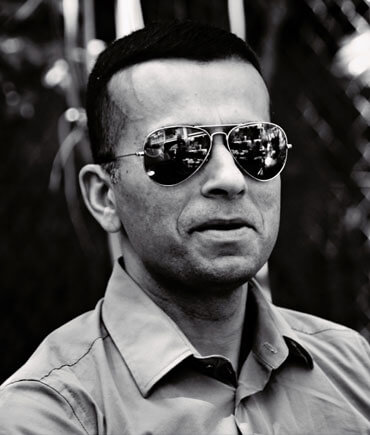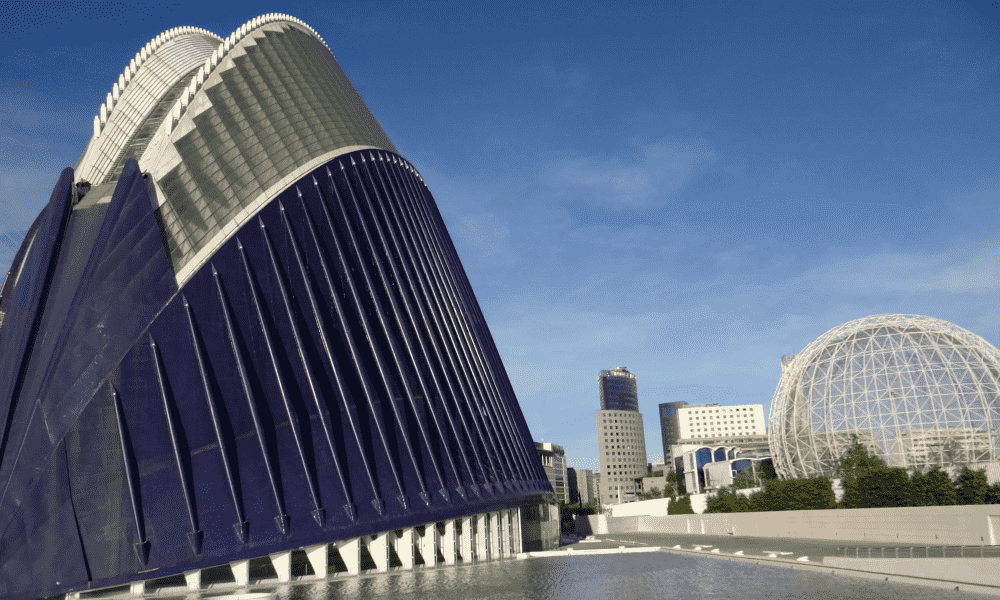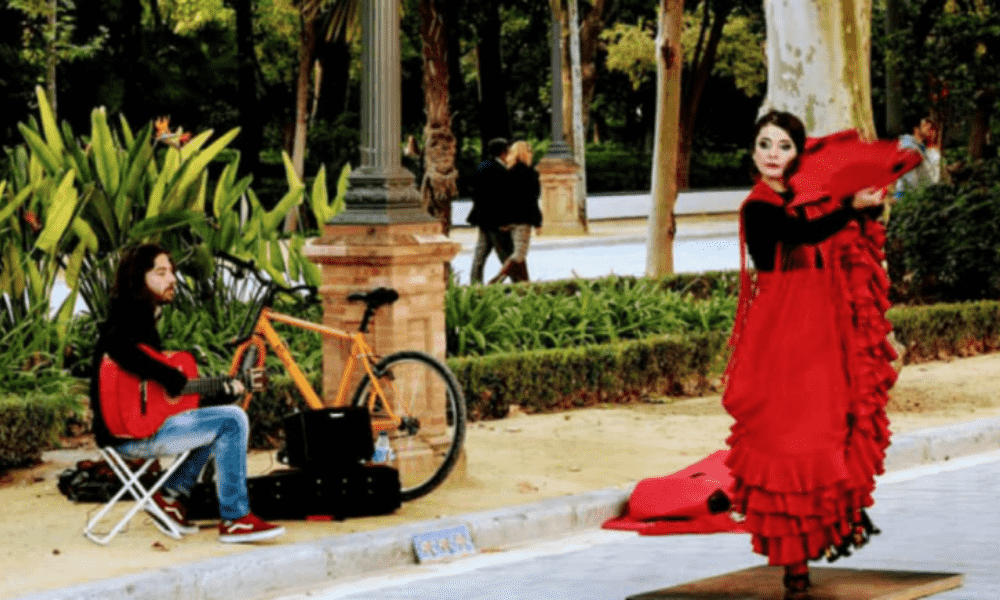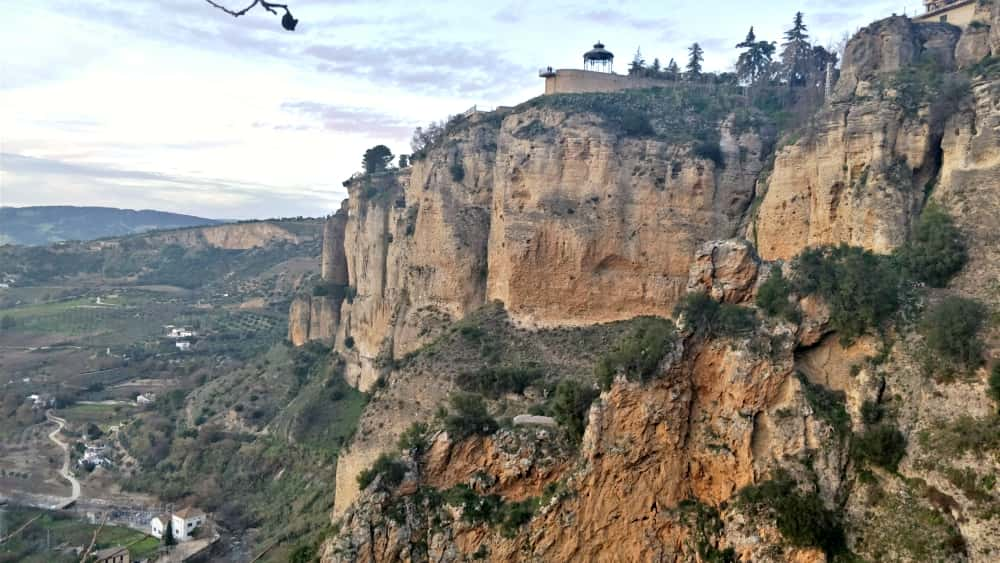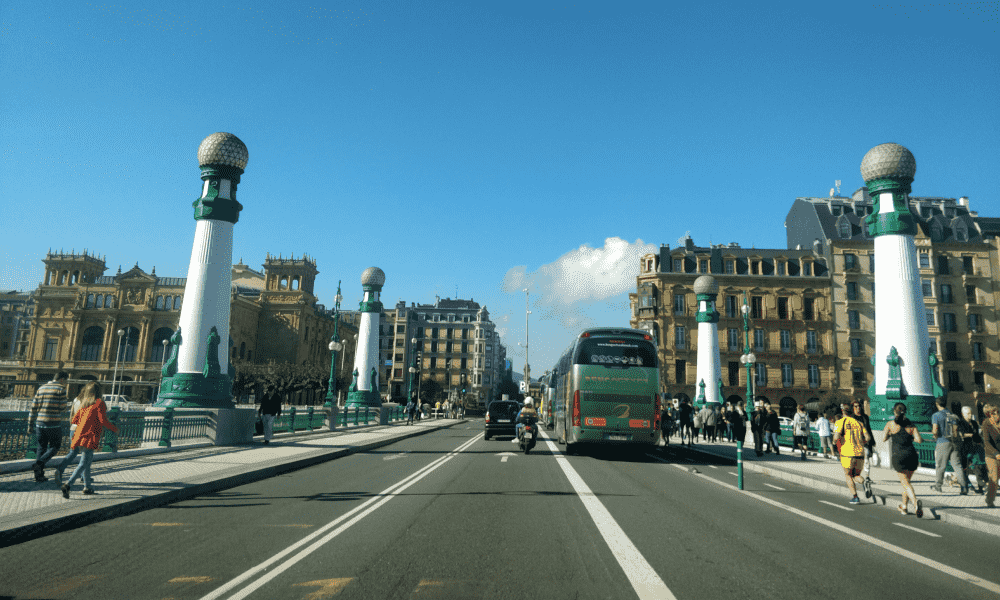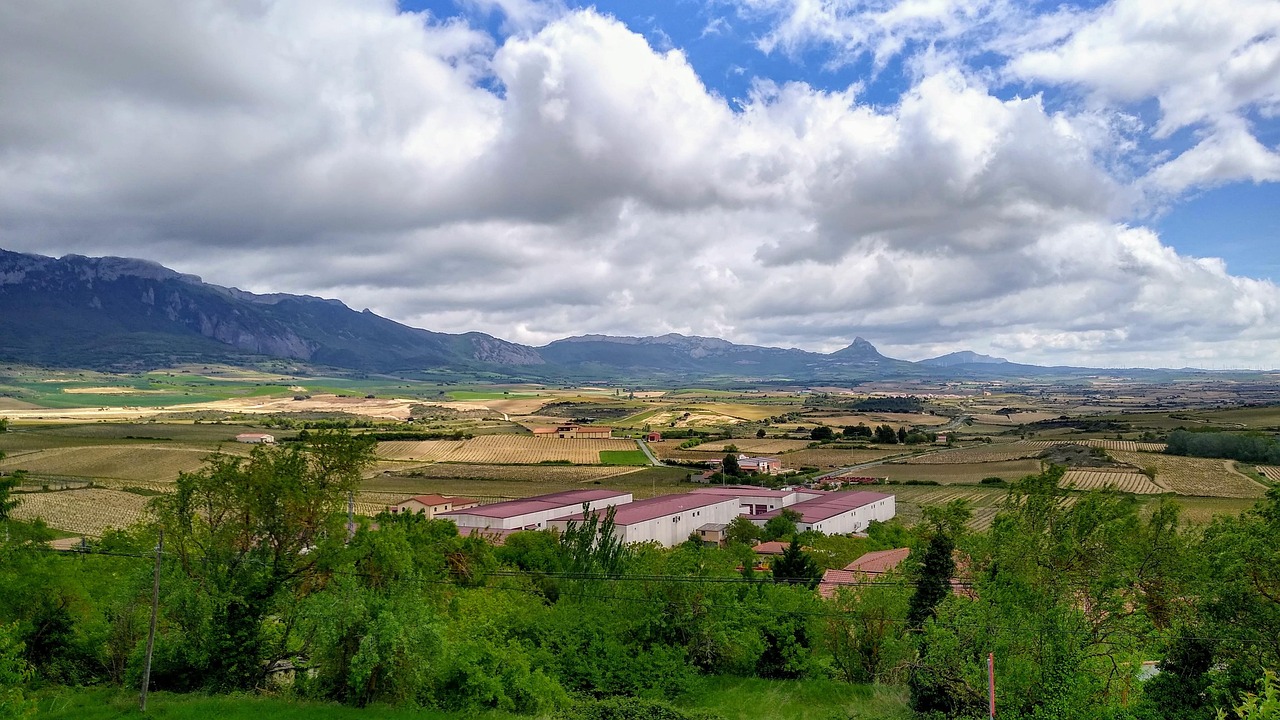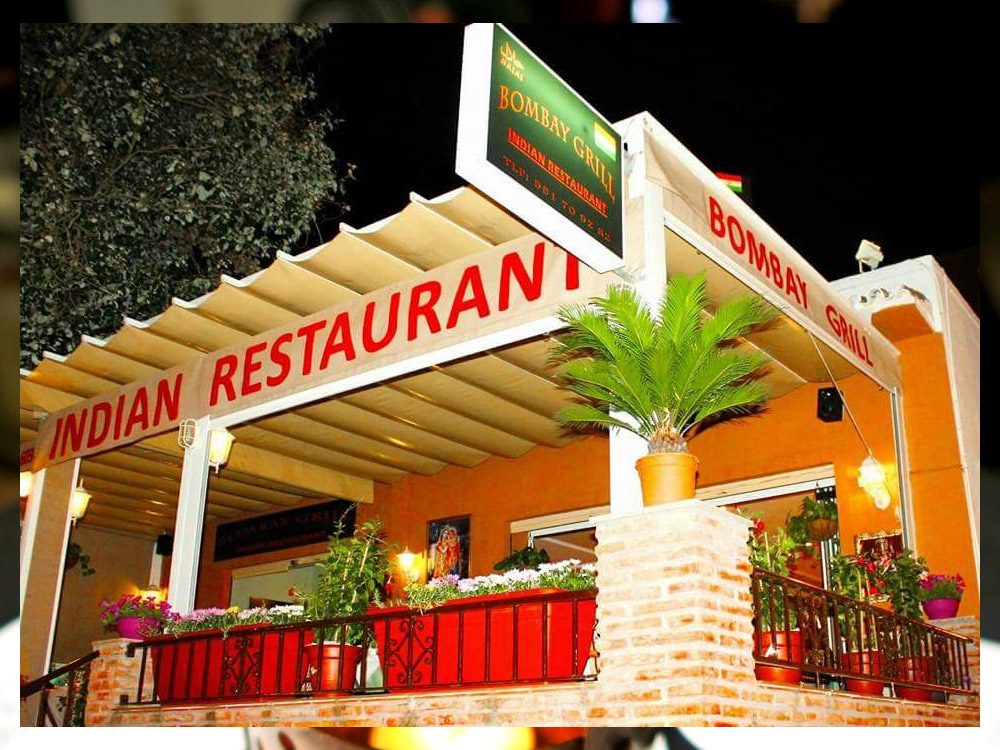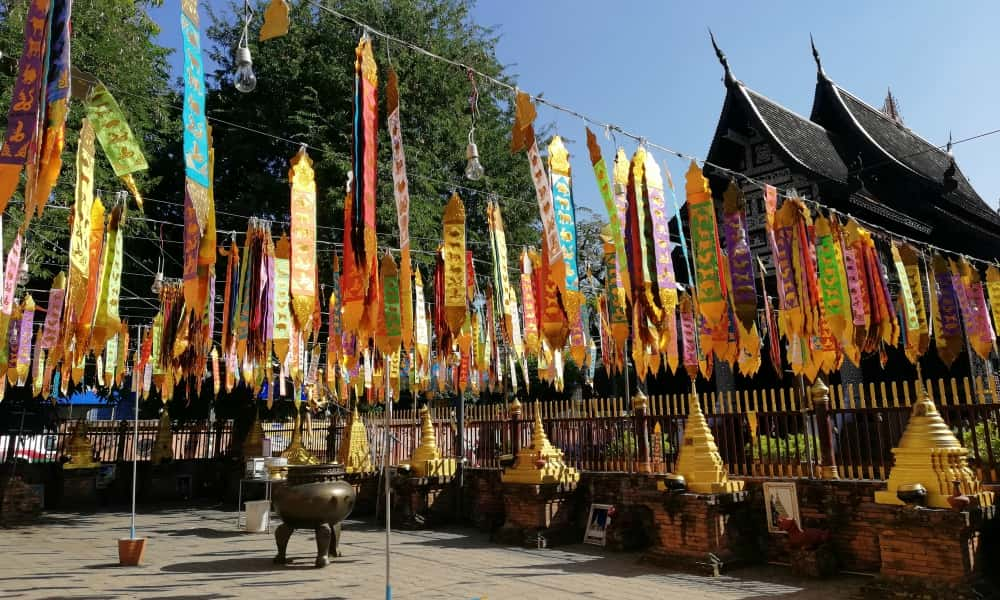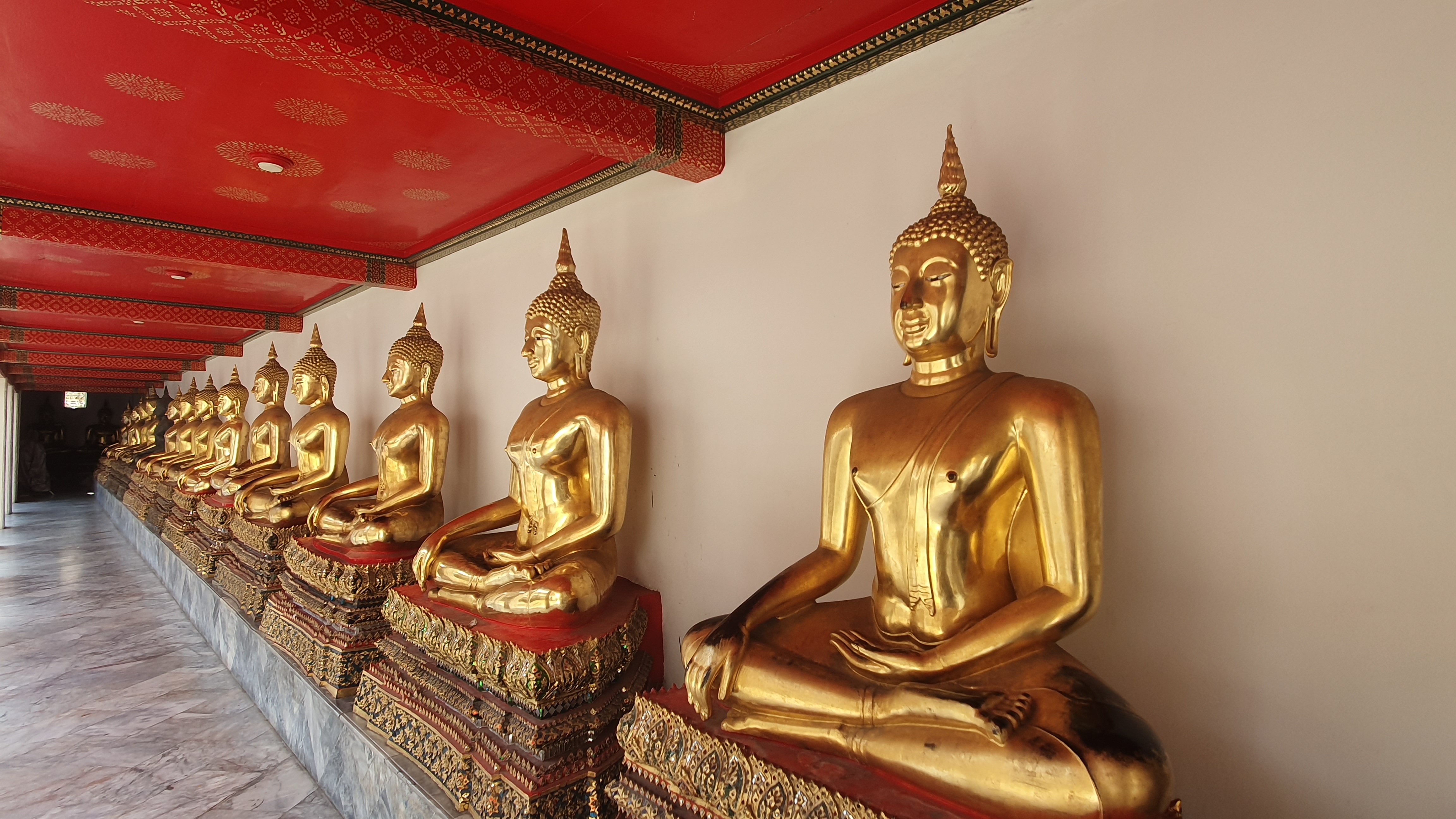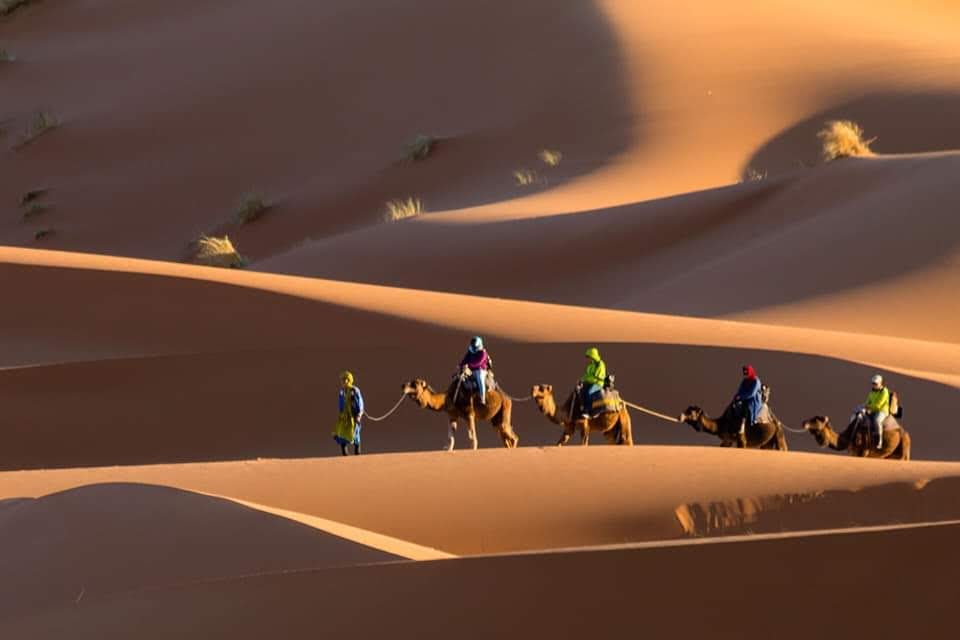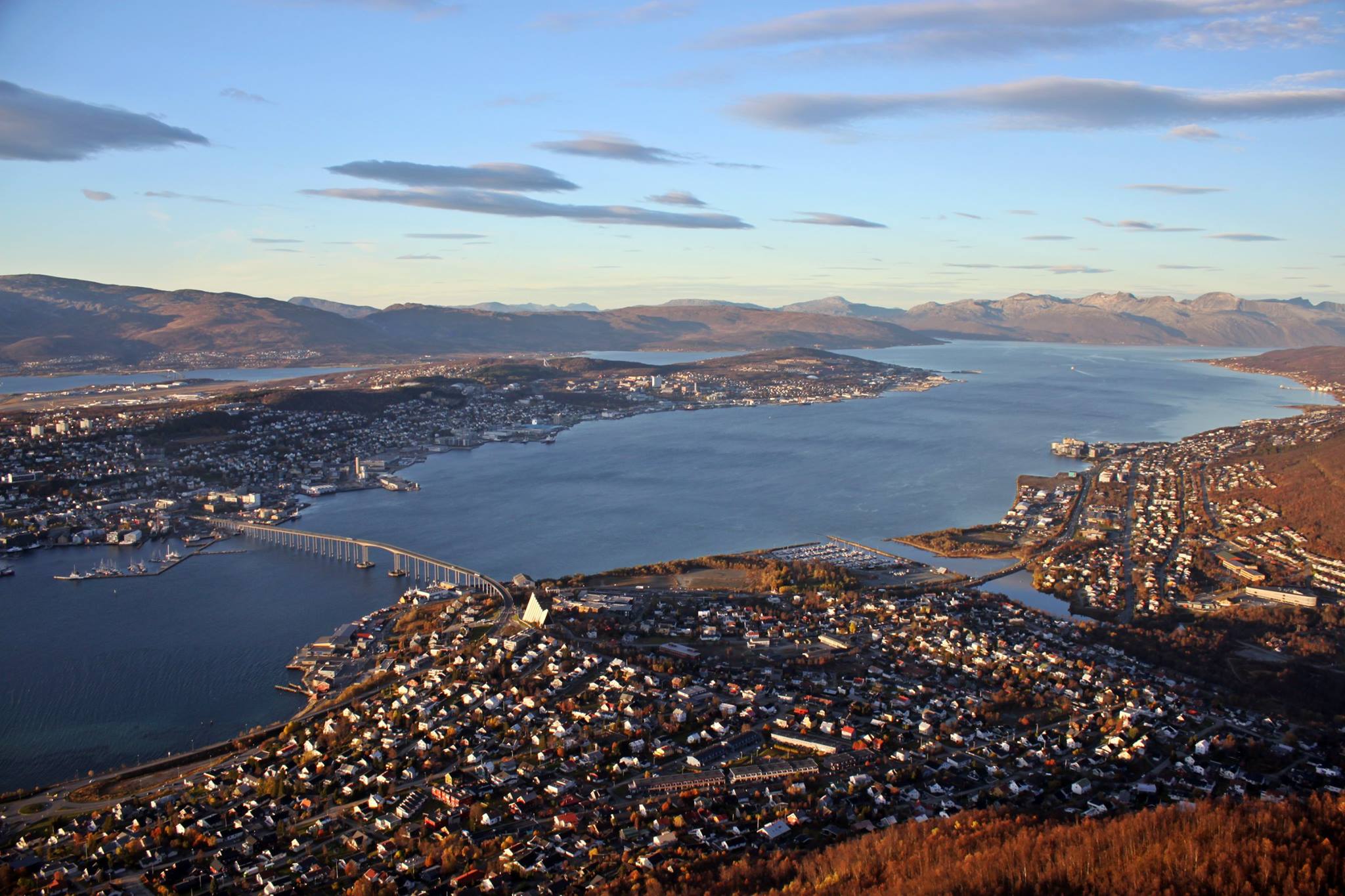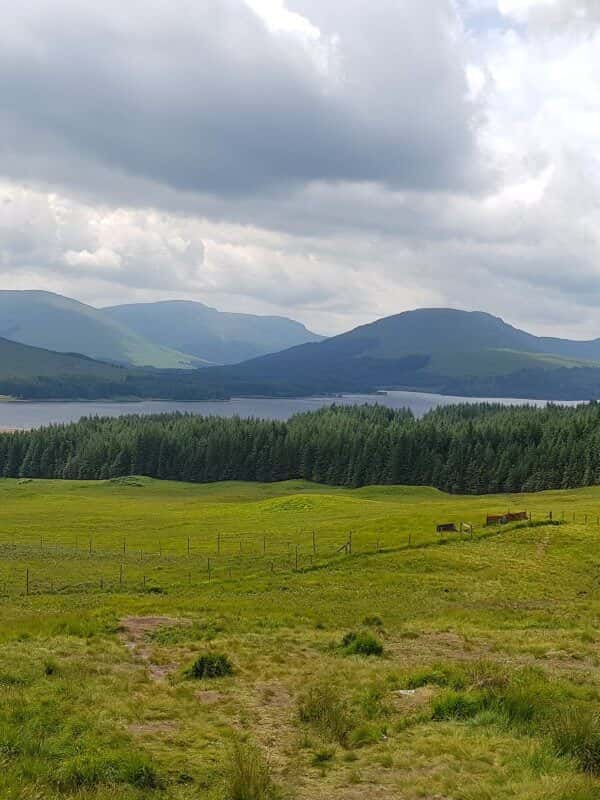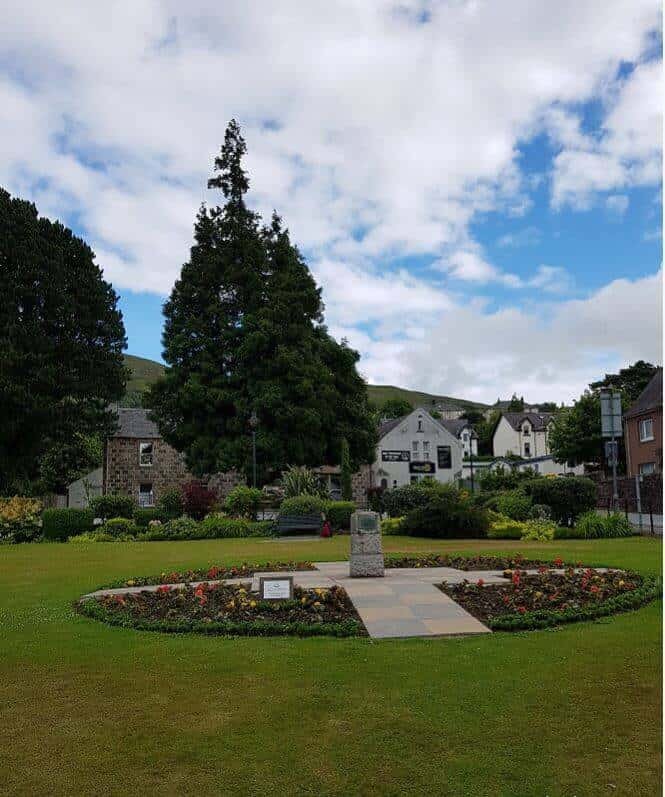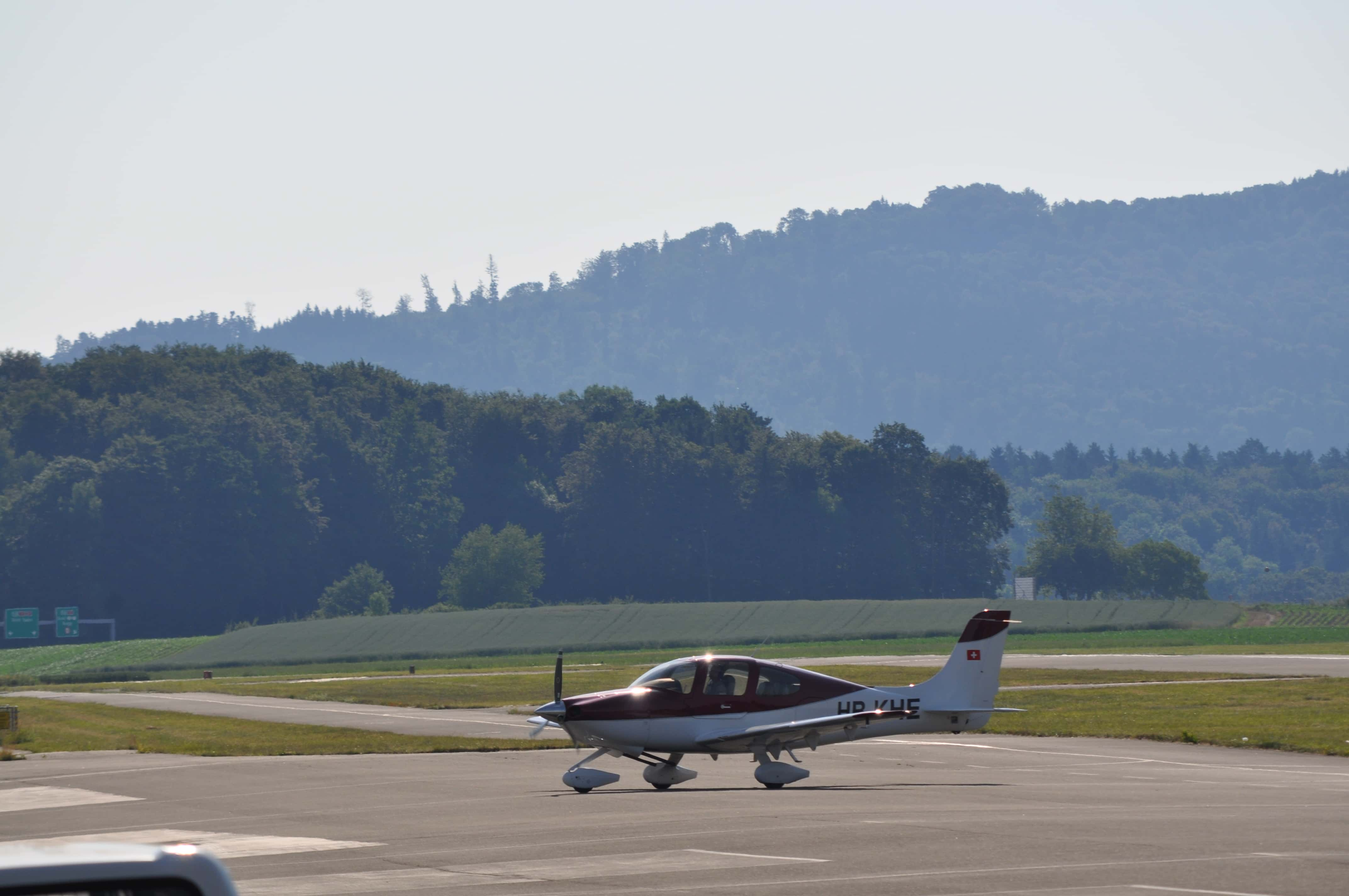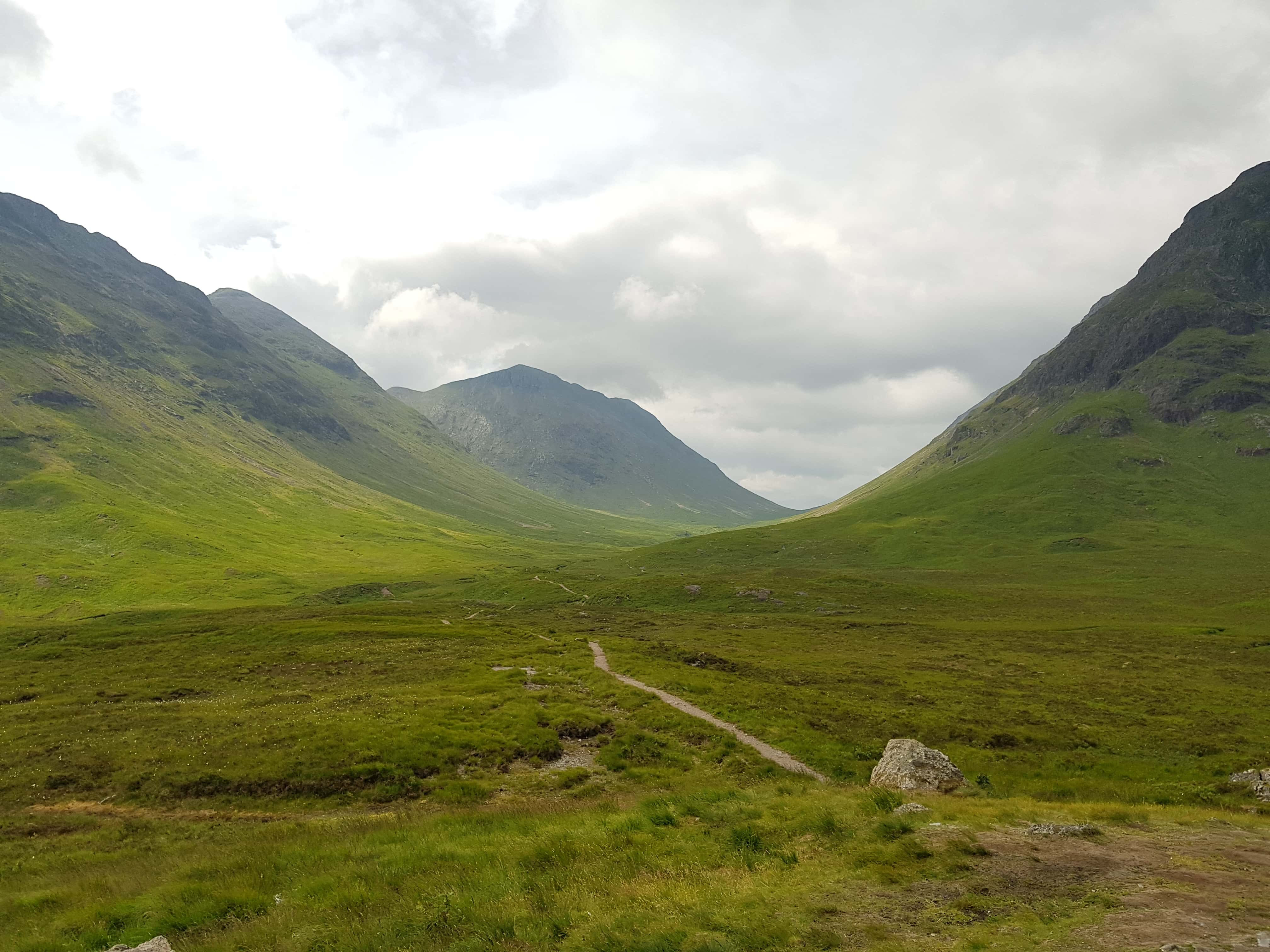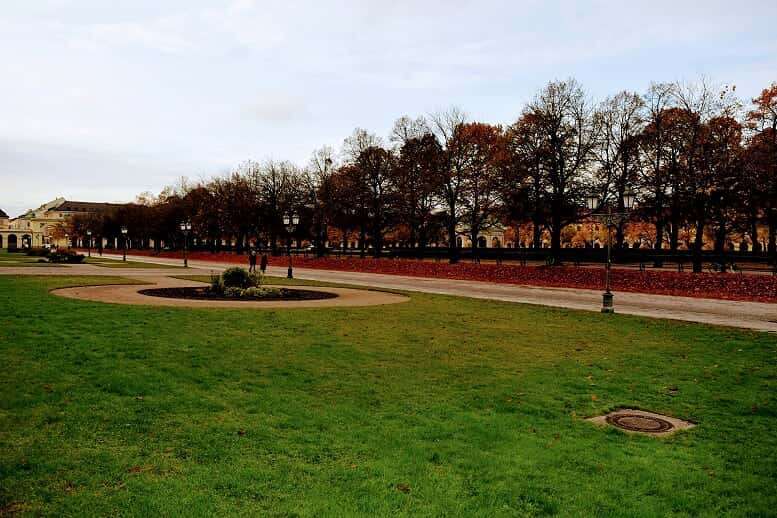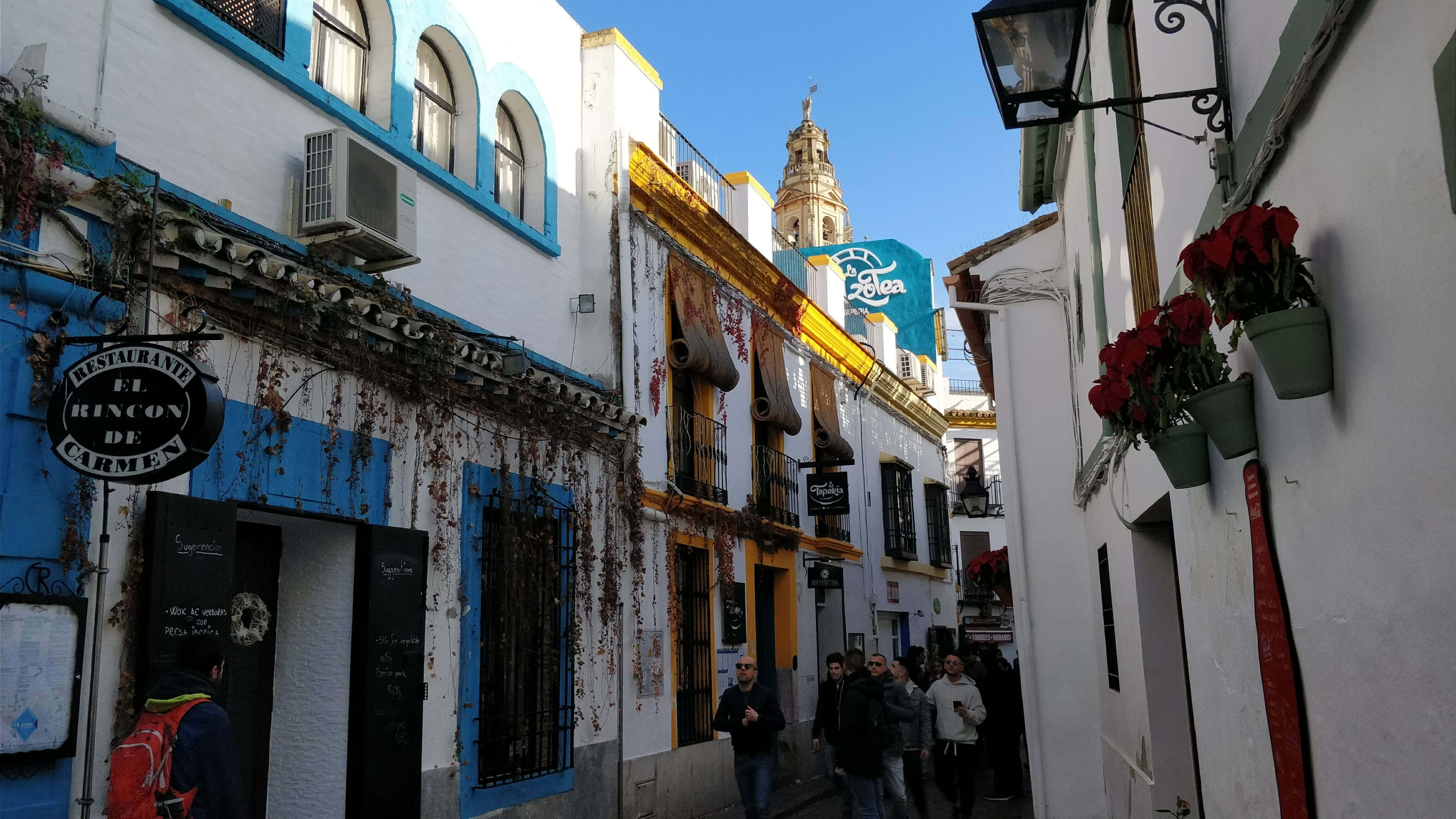
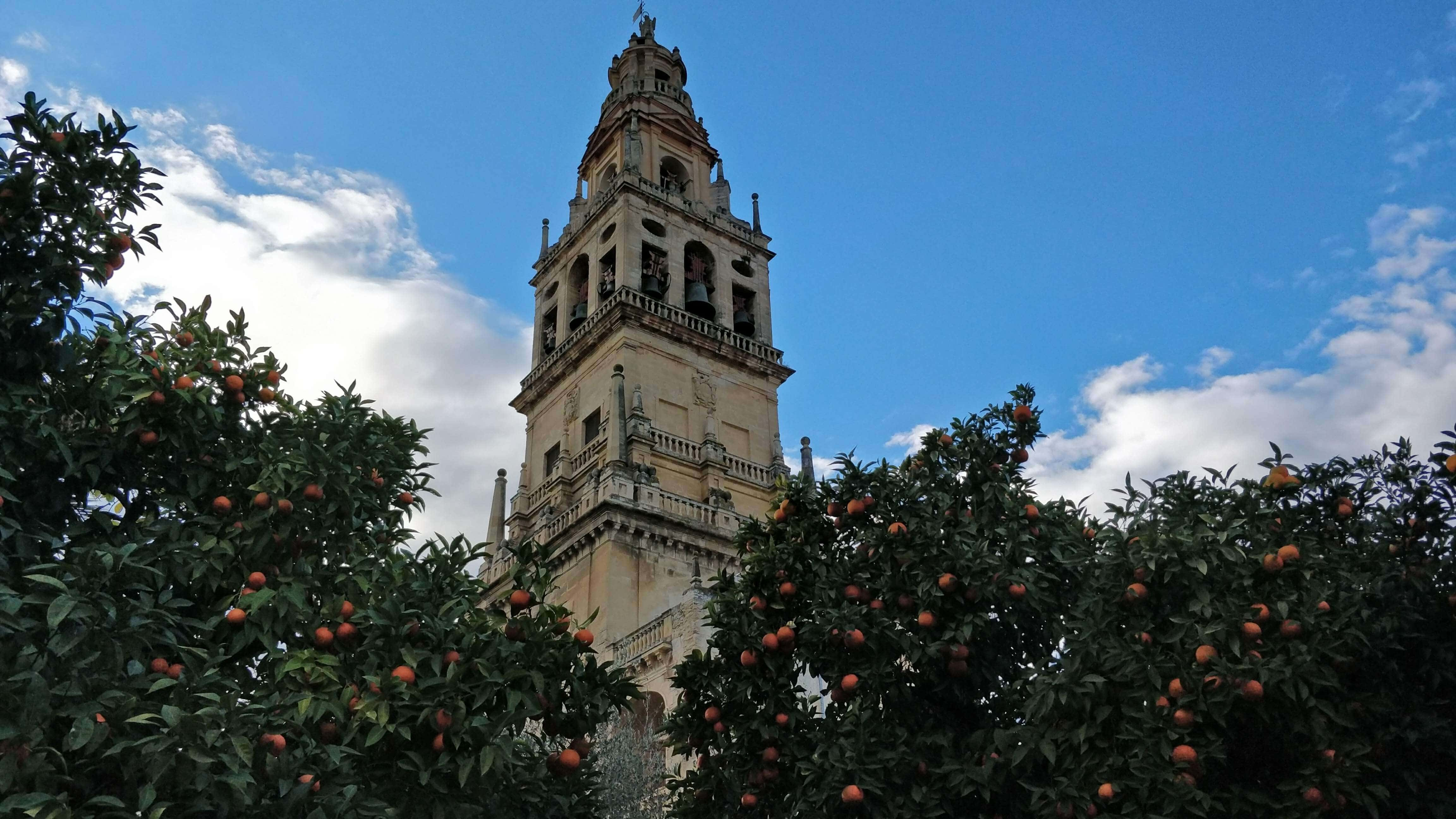
Granada: so much to say about this lovely city, but let’s focus the flamenco performance we watched one evening. Over centuries in the Iberian Peninsula, the Arabs influenced and developed innumerable types of music, song, dance forms and instruments, appreciated by Muslims and Christians alike. When the Spaniards captured Granada, the last bastion of the Moors, instead of dying out, Arab music and singing thrived further. Today, the most well-known form is the fiery spectacle, the flamenco with its canas, jaleo, malagueña, polos, and tiranas. This pure dance and music form still retains the traditional North African flavour and yet has broadened along with the tapestry of generations and civilisations. Sitting in the small, intimate hall, the voice of the singer hypnotised us. In a traditional, black attire, flowing hair and a thick, bushy beard, his sharp, haunting songs guided us on an ancient journey. His trembling and vibrating voice, synchronous with the guitar strings, exalting, propelling the black-haired dancers, a man and a woman as they stomped and stunned the stage floor with a wild, unbridled passion. Beautifully costumed, sparks flying from their eyes, their heads high, bodies turning, twirling, twisting and leaping up, their fingers snapping and clicking, matching the ebb and the flow of the captivating music and songs.
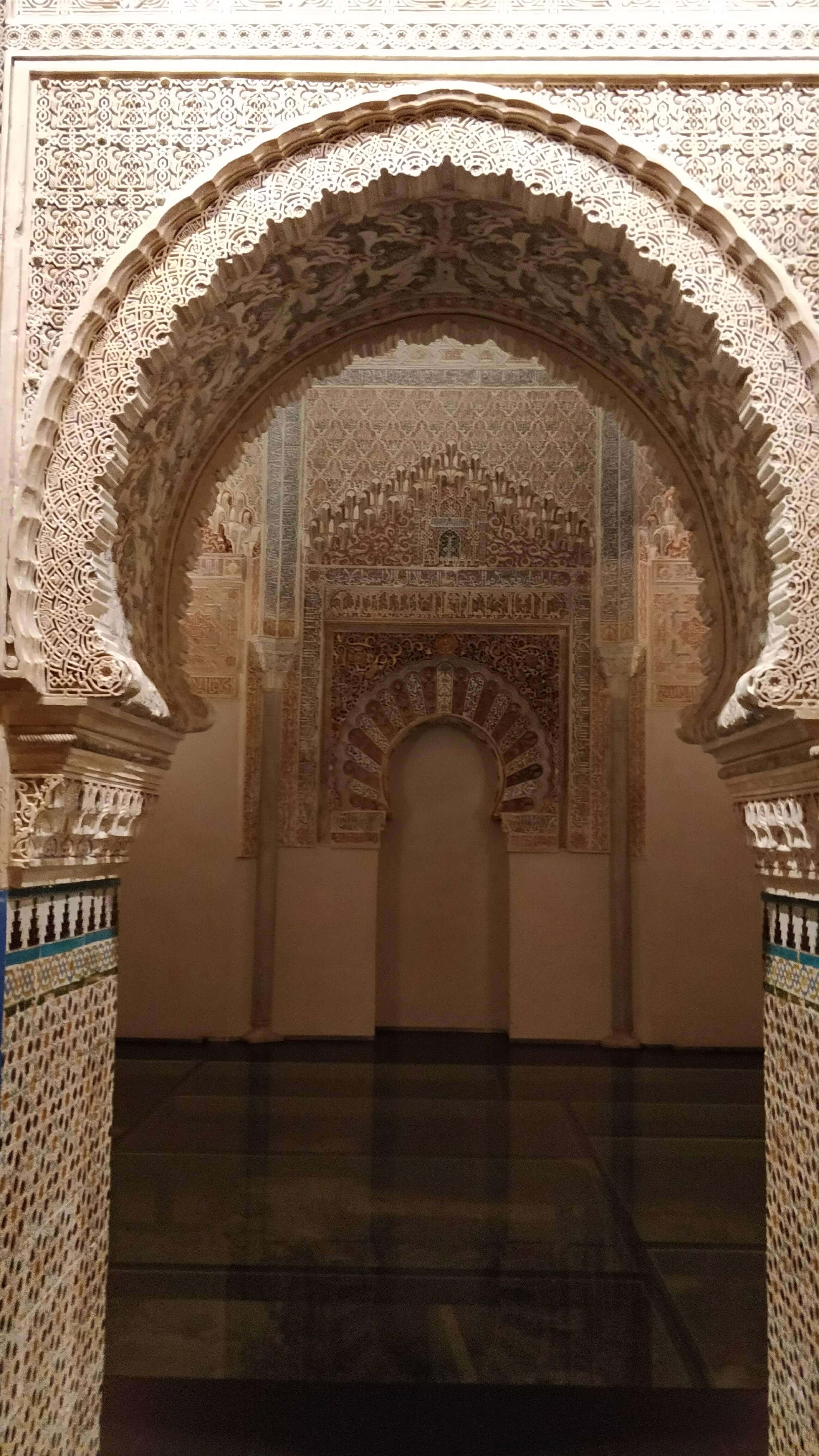
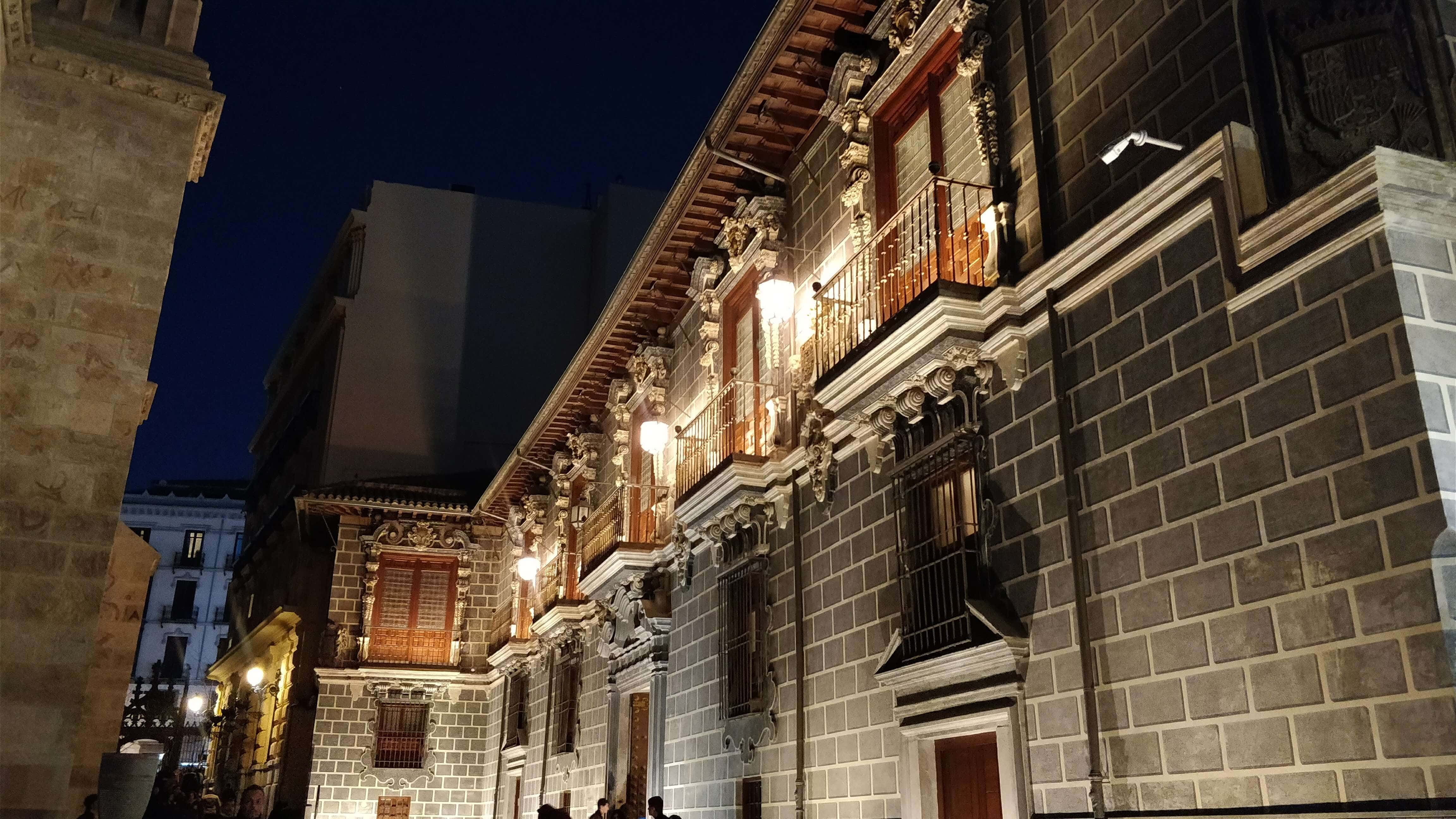
Notwithstanding the passion and temperament during the flamenco, nowhere else in the world have we, so far, come across such laid back and relaxed people. Everywhere we went, open arms, light-hearted gaiety, a big smile and the warmest of hospitality welcomed us (The Scots come close and you can read about that beautiful country and people here). Staying at a farmhouse for a few nights, the rustic farmer who had decorated every corner of his pleasant casa with musical instruments from all over the world, introduced us affectionately to his family of two dogs, three horses and the large kindle of kittens.
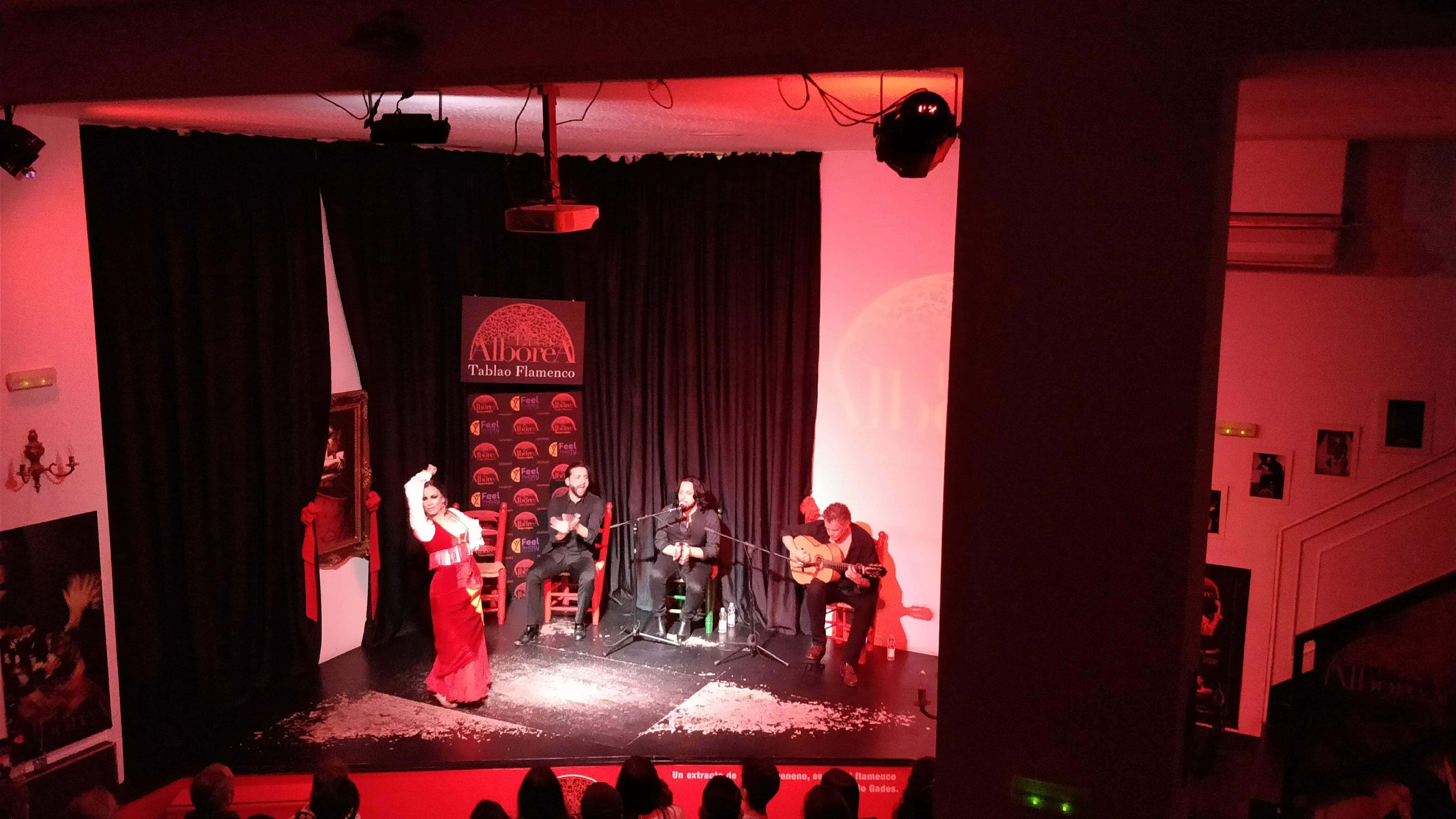
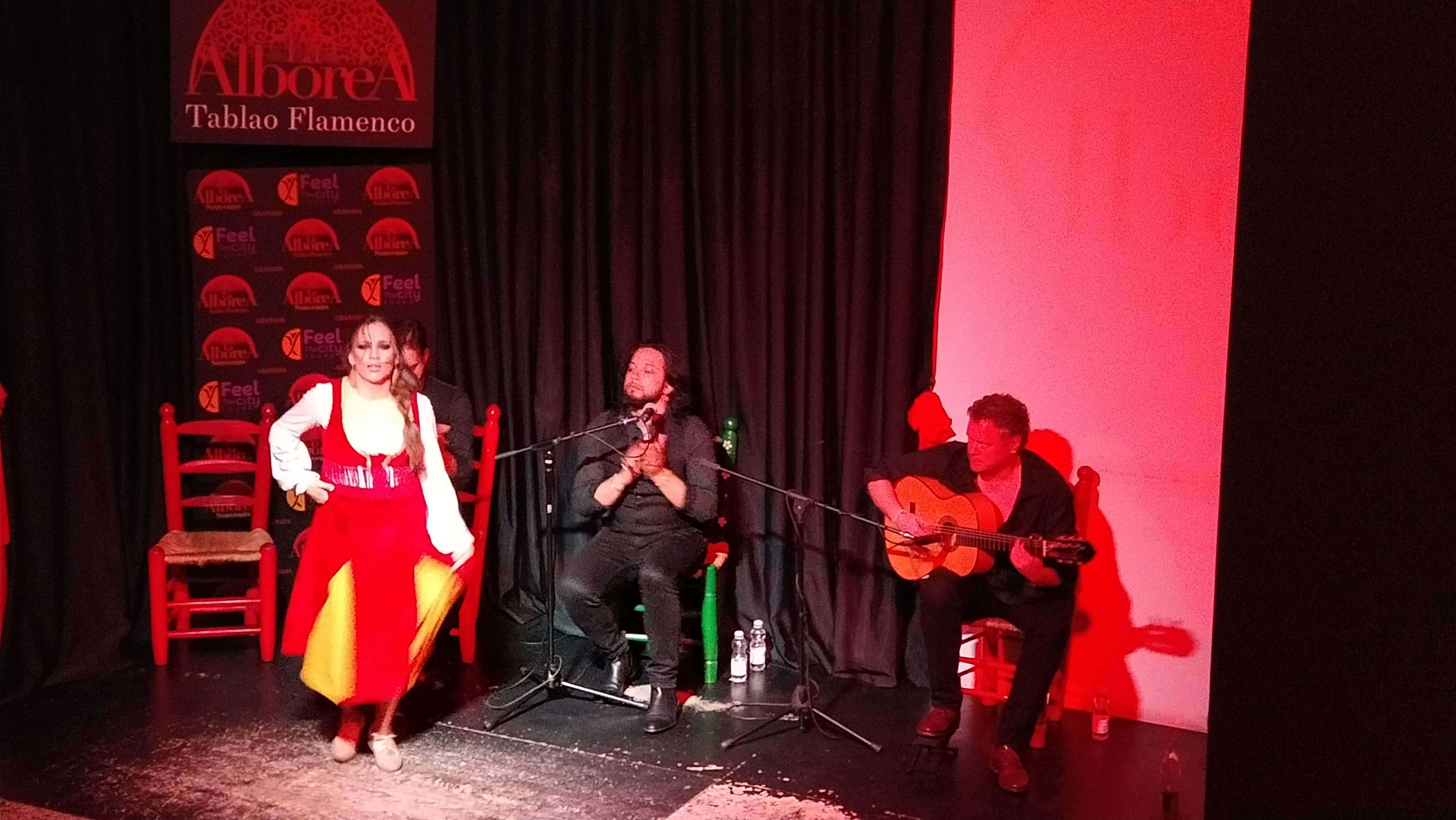
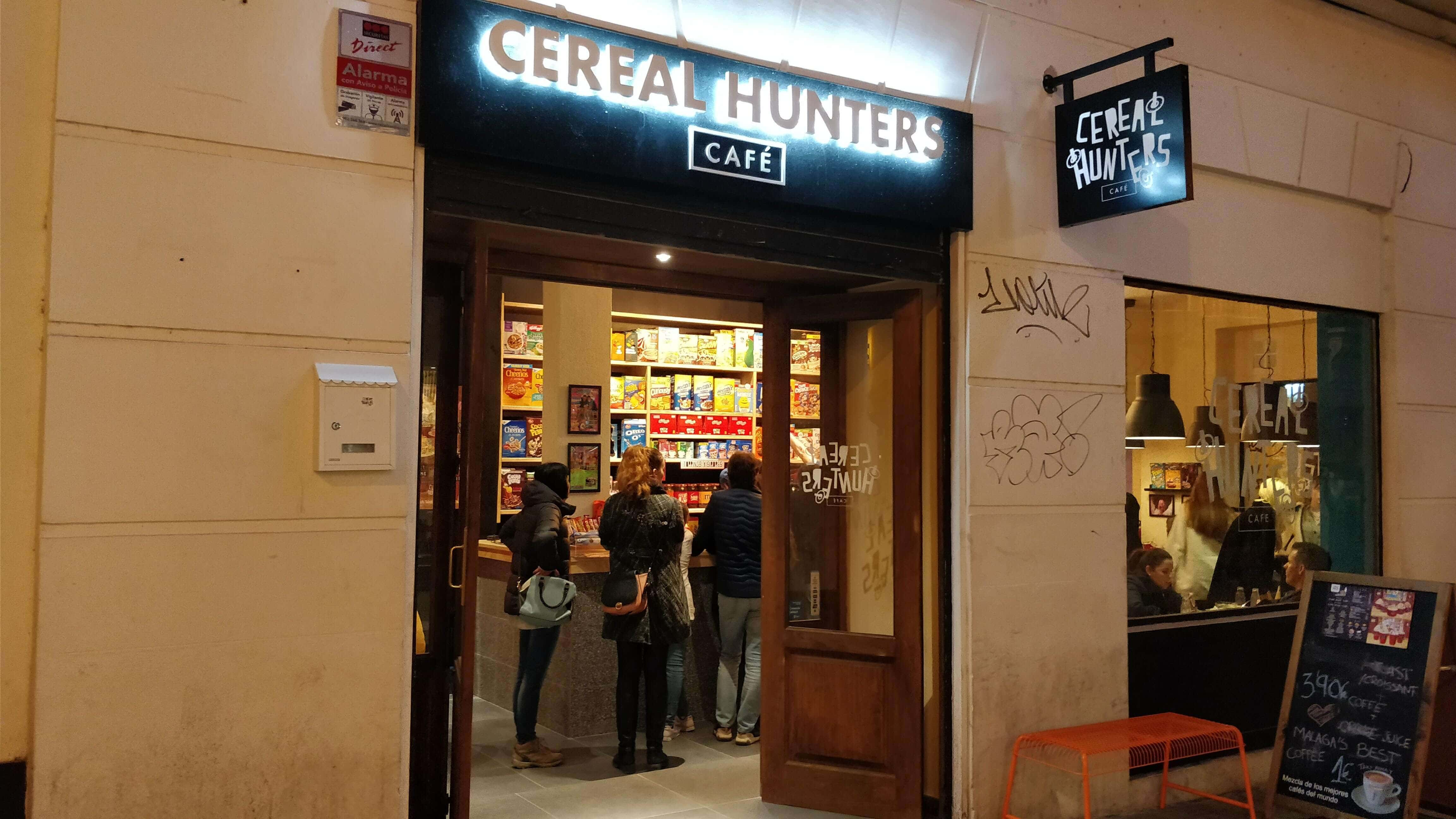
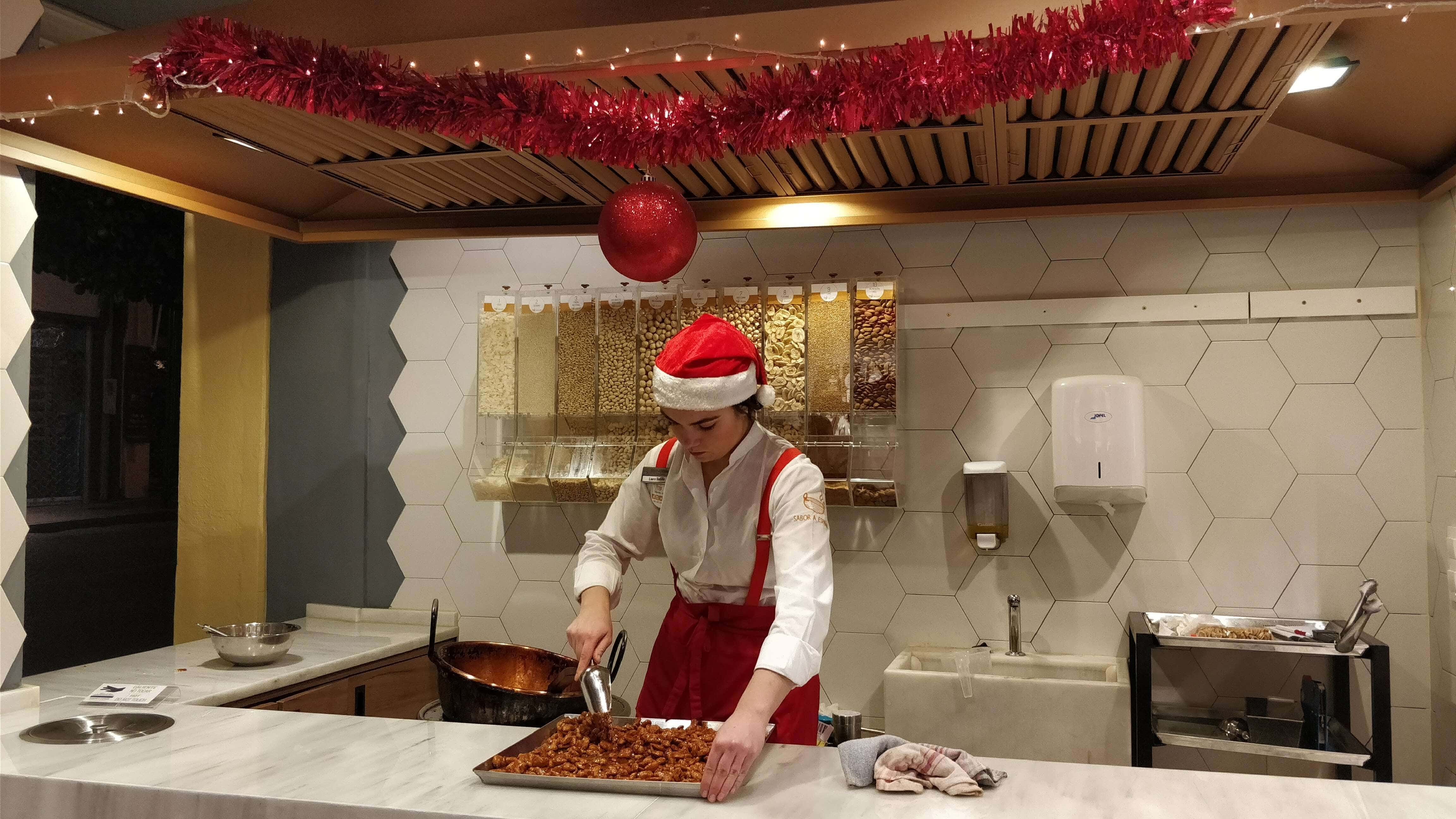
Another thing we learnt — you never go hungry in Spain. Every street, square, crossing and lane in the city offers umpteen opportunities to try the rich and varied cuisine — tapas, paella, Spanish omelette, meat, seafood, jamón ibérico (note: sausages are not typically considered meat and may be included in vegetarian dishes as it happened to us), luscious sweets packed with almonds and chocolate, cerveza (beer), vino (wine) or sherry, named after the Andalucían town of Jerez de la Frontera, where it has reigned from time immemorial.
Whatever moment, season, province, location or facet you choose to start your journey in Andalucía, it is bound to grow into an ethereal fairy-tale. So, don’t wait for the perfect moment — go forth and create your own legend.
Ankit
Ankit








